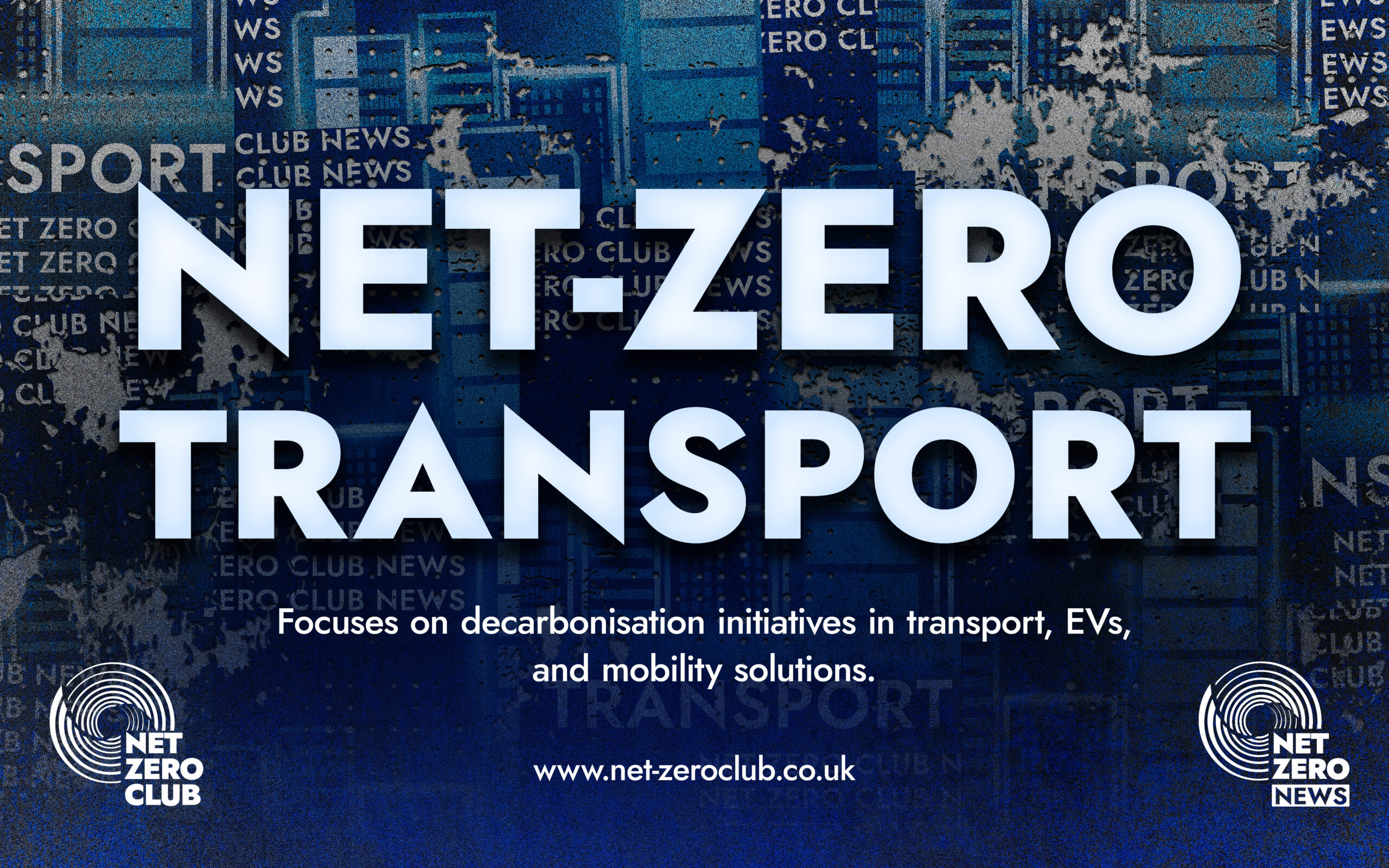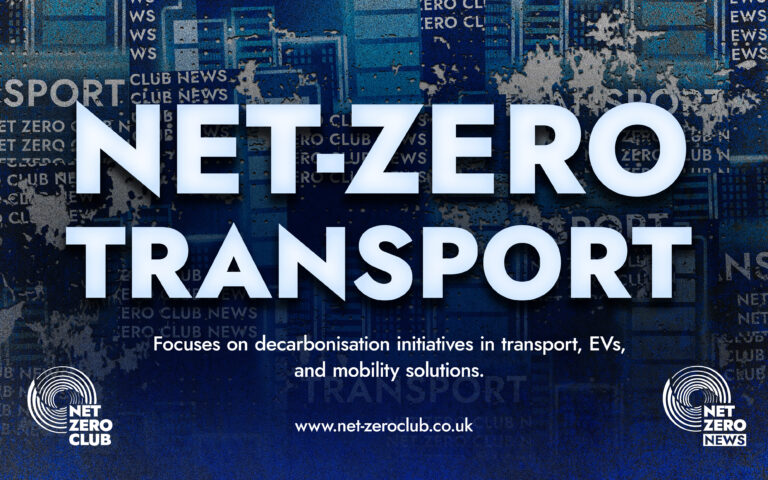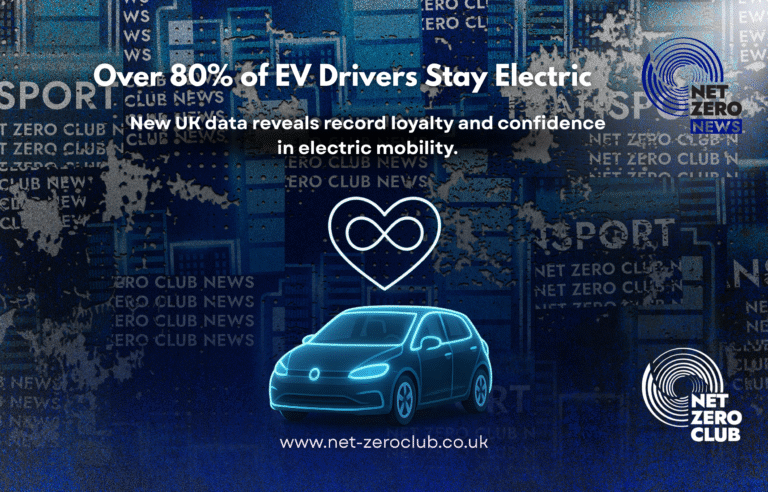Renault Trucks Unveils Electric Truck Charging Hubs in Europe

Welcome, Net Zero News readers,
In an exciting development for the electric vehicle (EV) landscape, Renault Trucks has launched an innovative open-source map that reveals the locations of public charging hubs specifically designated for electric trucks across Europe. This groundbreaking tool aims to enhance the visibility of charging infrastructure, paving the way for increased adoption of electric trucks in the logistics sector.
The newly published map provides a comprehensive, up-to-date overview of nearly 500 existing and upcoming public charging hubs tailored for trucks. As of 30 September 2025, the data indicates that there are 191 operational charging hubs specifically designed for trucks, alongside 157 hubs that are operational but suitable for trucks and an additional 135 truck-specific charging hubs currently in the pipeline.
What makes this initiative particularly significant is that it highlights the availability of charging infrastructure along Europe’s key highways. This means that long-distance journeys with electric trucks are not only feasible but are becoming a viable option for transport operators. The strategic placement of these charging facilities allows drivers to recharge their vehicles during mandatory regulatory breaks, ensuring that productivity is maintained while also facilitating the transition to electric transport.
Renault Trucks’ map covers major European transport routes, including:
- The North Sea – Baltic corridor (Amsterdam – Warsaw – 1,200 km): This corridor boasts 13 dedicated truck stations, with seven currently under construction or in the planning stages.
- The Rhine-Alpine corridor (Rotterdam – Genoa – 1,240 km): Here, 13 charging hubs are in place, with three currently being deployed to support electric truck operations.
In addition to these focused hubs, the map also includes charging points that are compatible with heavy-duty vehicles, even if they are not exclusively designed for them. This flexibility is crucial as it expands the options for fleet operators in need of reliable charging solutions on the road.
Looking ahead, the introduction of mega-chargers is on the horizon, which will revolutionise the charging process by allowing trucks to recharge in a matter of minutes rather than hours. This advancement is set to significantly enhance the practicality of electric trucks in logistics and freight transport.
Renault Trucks, a proud member of the Volvo Group, is not stopping at just providing a map. The company is actively advocating for the accelerated deployment of public charging hubs. It is crucial for the industry to rally together to encourage the widespread adoption of electric trucks. Renault Trucks is making strides in this direction through Milence, a joint venture that aims to establish a pan-European high-power charging network dedicated to trucks and coaches.
For those interested in exploring the Renault Trucks charging hubs map for electric trucks, you can access it here. This resource is invaluable for transport operators looking to navigate the emerging landscape of electric logistics.
As we continue to push towards a sustainable future, developments like these are essential. By enhancing the infrastructure available for electric trucks, we are taking significant steps toward achieving net-zero emissions in the transport sector. It is an exciting time for the industry, and initiatives like Renault Trucks’ open-source map are leading the charge.
As champions of net zero, it is our responsibility to stay informed and support such initiatives that promote a greener future. The journey towards sustainable transport is a collective effort, and every contribution counts. Together, let us embrace the future of electric mobility and work towards a more sustainable, environmentally friendly world.
This rewriting maintains the factual content of the original article while ensuring it’s structured engagingly and adheres to UK British English standards. The content is crafted to resonate with the Net Zero News audience, emphasising the significance of the development in the context of sustainable transport.

 Got net-zero news, project updates, or product launches to share?
Got net-zero news, project updates, or product launches to share? 

